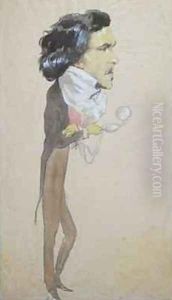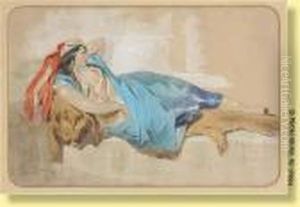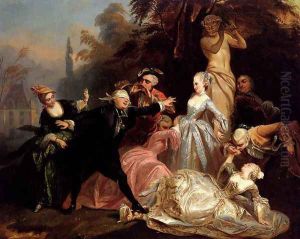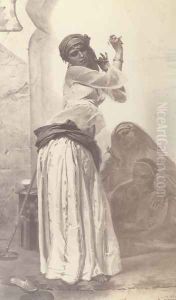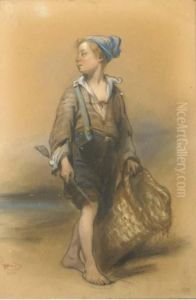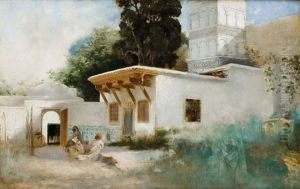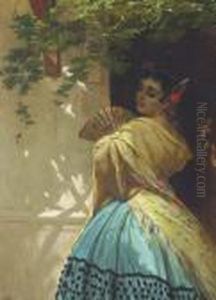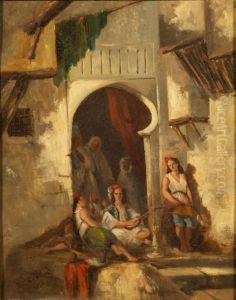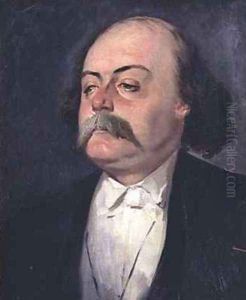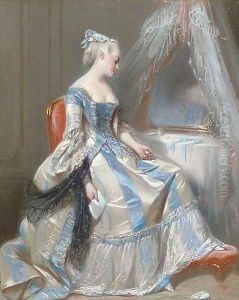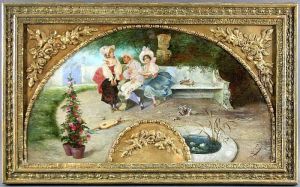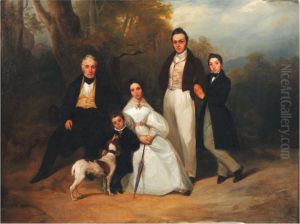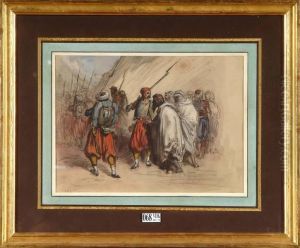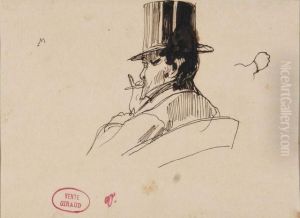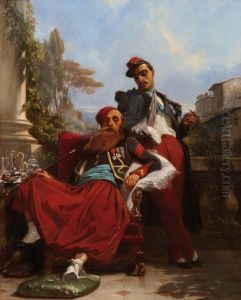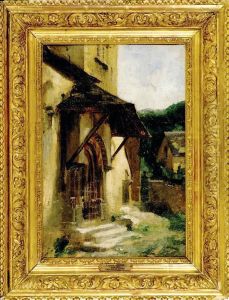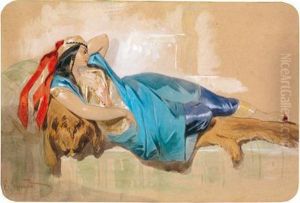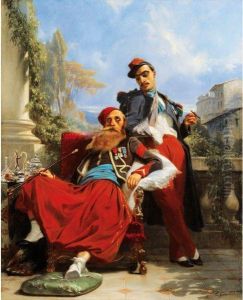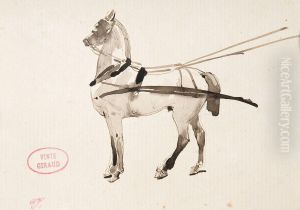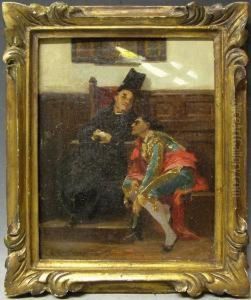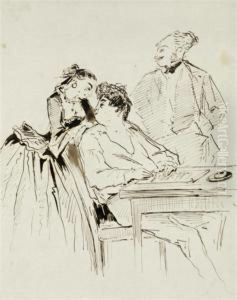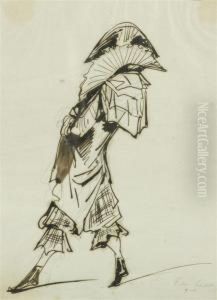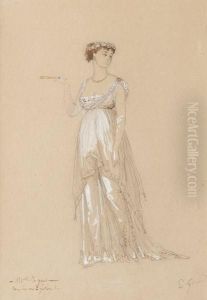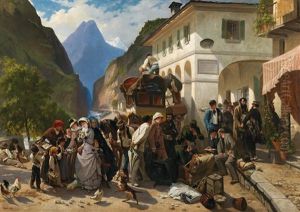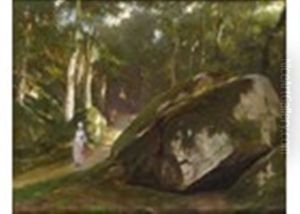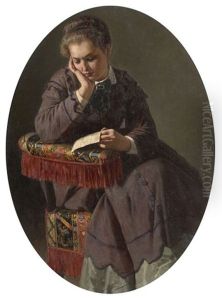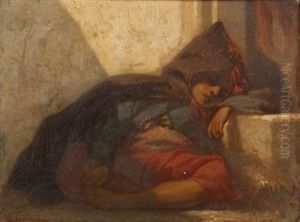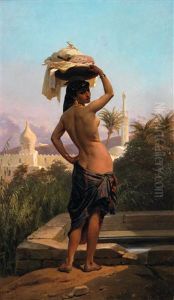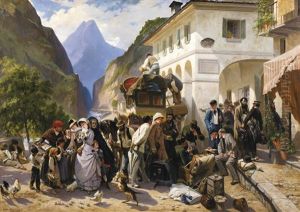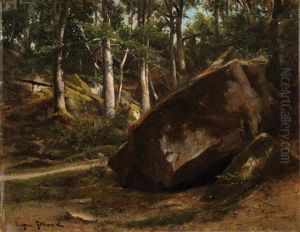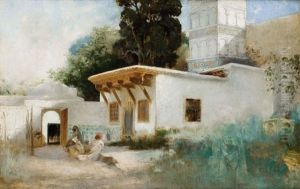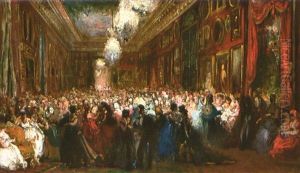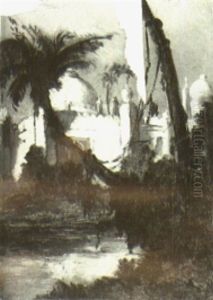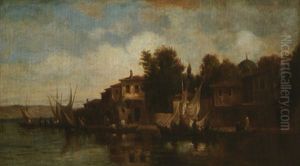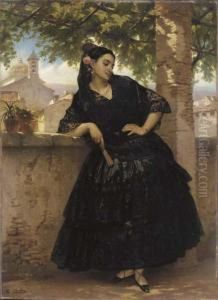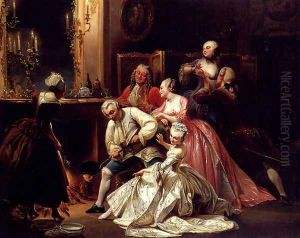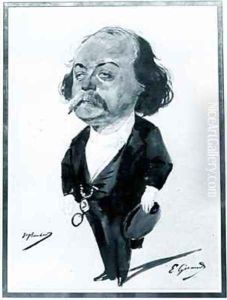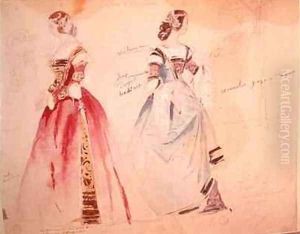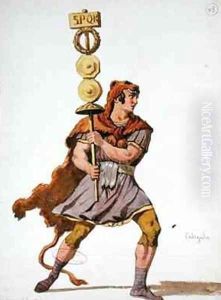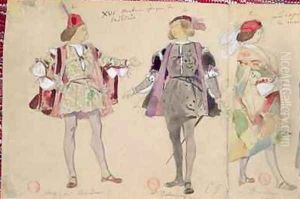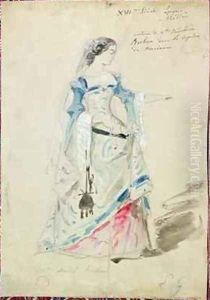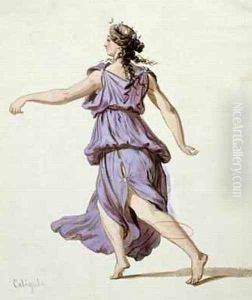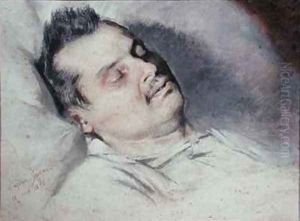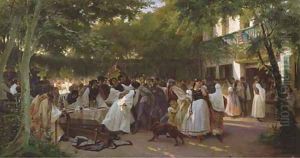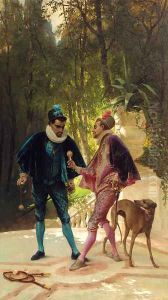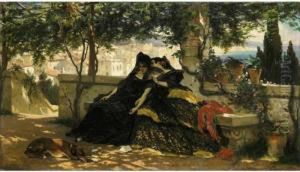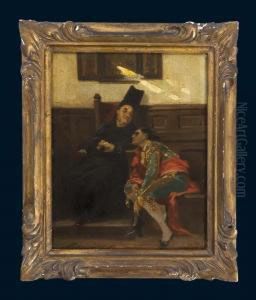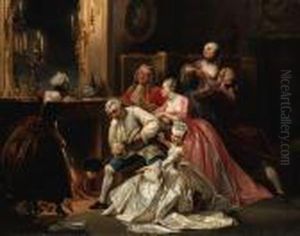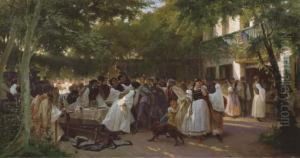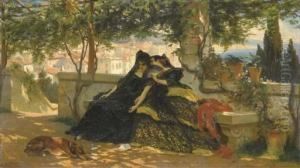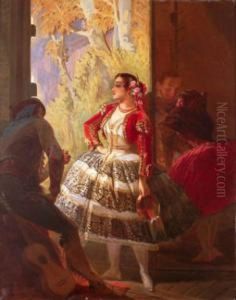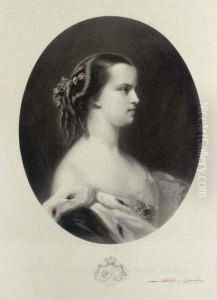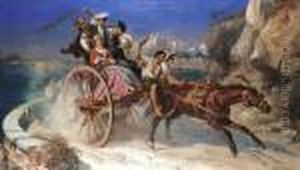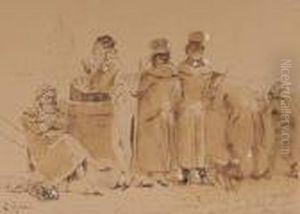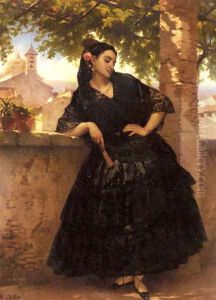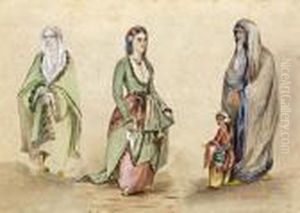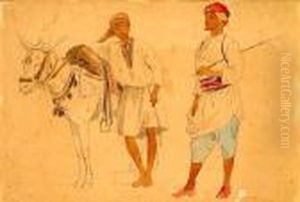Eugene Pierre Francois Giraud Paintings
Eugene Pierre Francois Giraud was a French painter and engraver born on June 8, 1806, in Paris, France. He was known for his genre paintings, illustrations, and engravings that captured various aspects of French life and history. Giraud was a student at the École des Beaux-Arts in Paris, where he studied under the guidance of influential French painters such as Antoine-Jean Gros and Jean-Baptiste Regnault.
Giraud's early work was primarily in the realm of history painting, but he eventually found his niche in genre scenes that depicted the everyday life of French citizens, as well as orientalist scenes influenced by France's colonial interests. His engravings and illustrations also gained him recognition, and he produced works for several important literary works of his time.
During his career, Giraud exhibited at the prestigious Paris Salon, where he received favorable reviews and accolades for his work. He was awarded medals at the Salon in 1838 and at the Exposition Universelle in 1855. He became a member of the Société des Artistes Français and was awarded the Legion of Honor in 1863, which is one of France's highest distinctions for contributions to the arts.
Eugene Giraud's style was characterized by his attention to detail and the lively realism of his subjects. He had the ability to capture the nuances of French society with both humor and critical social commentary. His work reflects the 19th-century French interest in realism and the depiction of authentic everyday experiences.
Giraud continued to work and exhibit his art throughout his life. His legacy is preserved in the collections of various museums and galleries in France and around the world. Eugene Pierre Francois Giraud passed away on December 28, 1881, in Montpellier, France. His contributions to French art were significant during his lifetime, and his works continue to be studied and appreciated by art historians and enthusiasts alike.
